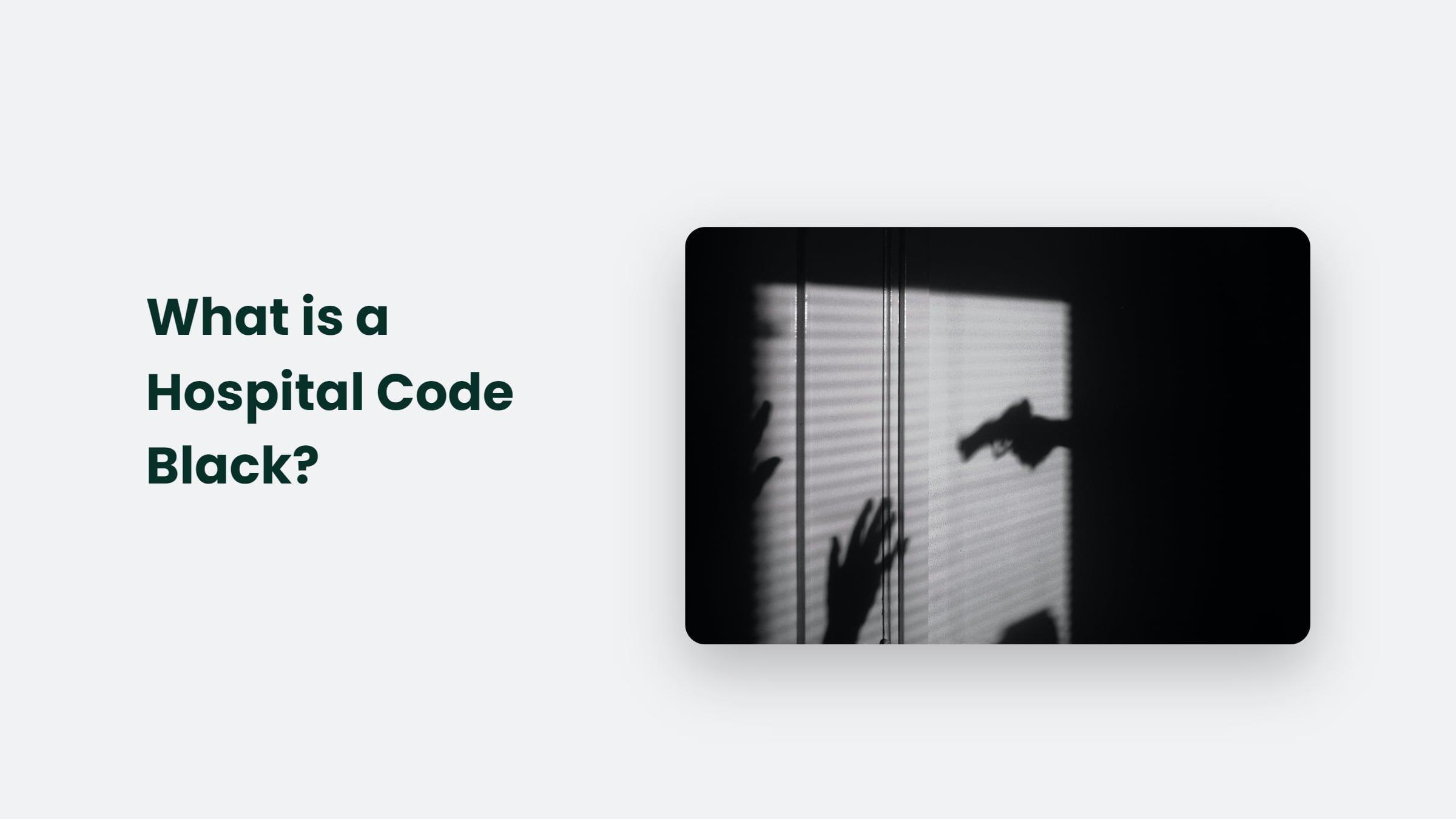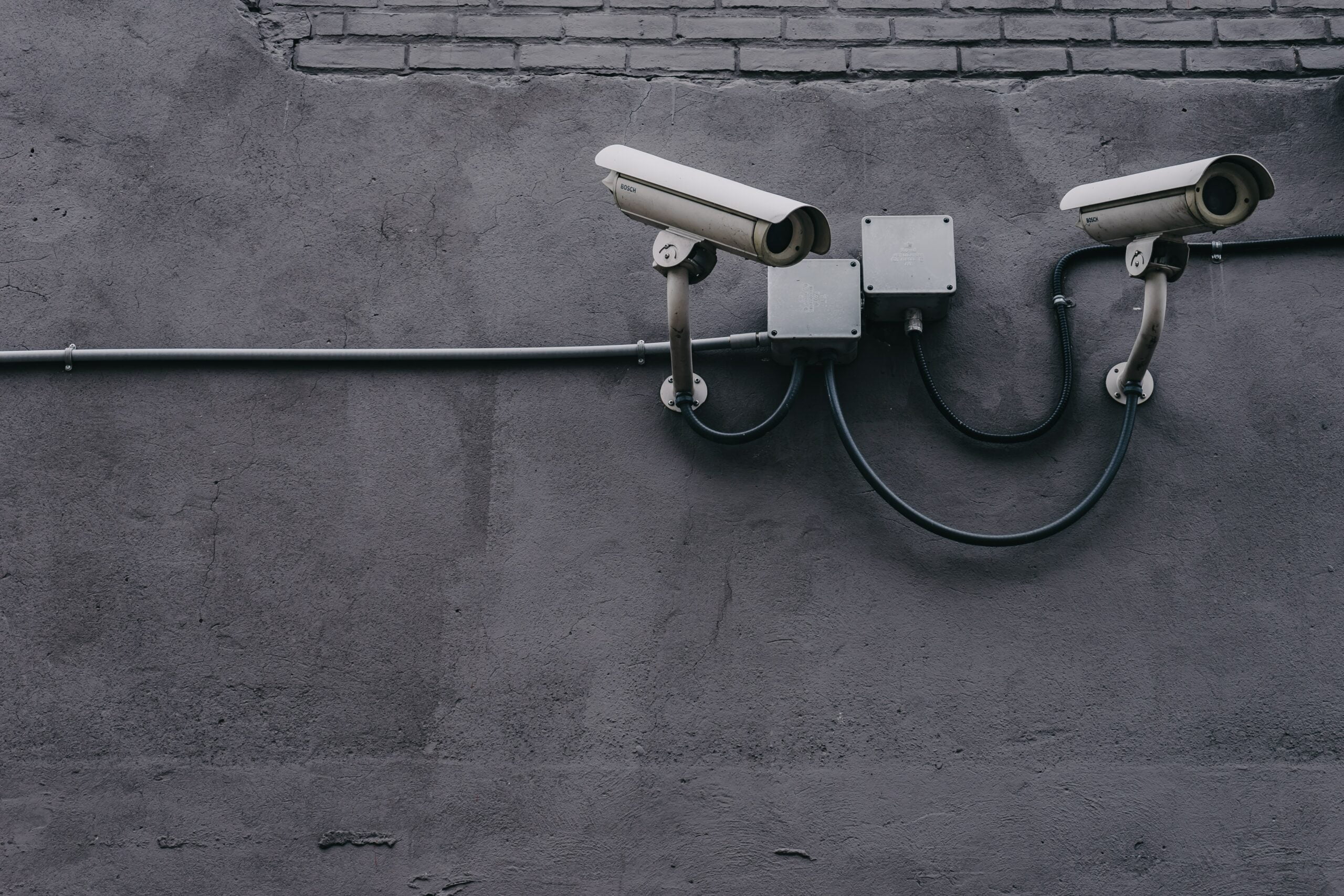![The ‘Giveaway Piggy Back Scam’ In Full Swing [2022]](https://www.cjco.com.au/wp-content/uploads/pexels-nataliya-vaitkevich-7172791-1-scaled-2-683x1024.jpg)

What is Hospital Code Black?

As Seen On
A hospital code black is a notification used to alert staff of an immediate and potentially life-threatening emergency within a hospital setting. The term “code black” is often used to refer specifically to medical emergency due to a violent person or situation, such as an active shooter. Still, it can also refer to other emergencies, such as severe weather events or hazardous materials incidents.

What happens when a Hospital Code Black is called?
When a code black is called, hospital staff respond quickly and efficiently to the emergency. The exact protocol for responding to someone calling a code black can vary depending on the hospital. Still, it generally involves activating a hospital’s emergency response team, which may include security personnel, medical staff, and other hospital employees.
In a code-black situation, the priority is to ensure the safety of patients, staff, and visitors. It may involve evacuating certain areas of the hospital, securing entrances and exits, and activating lockdown procedures. If the emergency involves personal threat from a violent person or situation, staff may be instructed to hide, lock themselves in a secure area, or even fight back if necessary.
Medical staff are also a key part of the response to a code black. They may be called upon to provide emergency medical care, such as administering first aid or performing life-saving procedures. They may also be responsible for triaging patients and determining who needs immediate attention and who can wait until the code blue emergency is over.
Once the code black has been called, communication is crucial. A hospital’s emergency response team will work closely with local law enforcement, fire, and other emergency responders to ensure that everyone is aware of the situation and can respond quickly and effectively. It may involve setting up a command centre, establishing communication channels, and coordinating with other hospitals or medical facilities.

Technology in Code Black Situations:
- The use of security cameras can help to identify the location of an active shooter quickly.
- Panic buttons can alert staff and security personnel of an emergency.
- Hospitals may also use automated alarms and public address systems to notify staff and patients of an emergency.
The Psychological Aspect:
- Being in a life-threatening situation can cause emotional distress for staff, patients, and visitors.
- Hospitals must provide debriefing and emotional support for those affected by a code black.
After-action reports:
- These reports can help to identify areas where the response can be improved and can be used to make changes to the hospital’s emergency response plan.
It’s important to note that both code orange and black situations are rare, but it’s important to be prepared for such emergencies. Hospitals must have regular training and drills to ensure staff are prepared to respond quickly and efficiently during a code black. It includes training on responding to a specific emergency, working as a team, and communicating effectively in high-stress situations.
In conclusion, a hospital code black is a severe emergency notification that alerts staff of an immediate and potentially life-threatening situation. Hospitals need to have proper protocols and training in place to ensure the safety of patients, staff and visitors in such situations.
Regular drills and training ensure staff are prepared to respond quickly and efficiently during a code black. It’s also important for hospitals to work closely with local law and health enforcement and other emergency responders to ensure effective communication and coordination during a code black.
It’s important to note that code black situations are rare, but it’s important to be prepared for such emergencies. Hospitals must have regular training and drills to ensure staff are prepared to respond quickly and efficiently during a code black. It includes training on responding to a specific emergency, working as a team, and communicating effectively in high-stress situations.
The Bottom Line:
In conclusion, a hospital code black is a severe emergency notification that alerts staff of an immediate and potentially life-threatening situation. Hospitals need to have proper protocols and training in place to ensure the safety of patients, staff and visitors in such situations.
Regular drills and training ensure staff can respond quickly and efficiently during a code black. It’s also important for hospitals to work closely with local law enforcement and other emergency responders to ensure effective communication and coordination during a code black.
Konger
Up until working with Casey, we had only had poor to mediocre experiences outsourcing work to agencies. Casey & the team at CJ&CO are the exception to the rule.
Communication was beyond great, his understanding of our vision was phenomenal, and instead of needing babysitting like the other agencies we worked with, he was not only completely dependable but also gave us sound suggestions on how to get better results, at the risk of us not needing him for the initial job we requested (absolute gem).
This has truly been the first time we worked with someone outside of our business that quickly grasped our vision, and that I could completely forget about and would still deliver above expectations.
I honestly can't wait to work in many more projects together!
Disclaimer
*The information this blog provides is for general informational purposes only and is not intended as financial or professional advice. The information may not reflect current developments and may be changed or updated without notice. Any opinions expressed on this blog are the author’s own and do not necessarily reflect the views of the author’s employer or any other organization. You should not act or rely on any information contained in this blog without first seeking the advice of a professional. No representation or warranty, express or implied, is made as to the accuracy or completeness of the information contained in this blog. The author and affiliated parties assume no liability for any errors or omissions.

